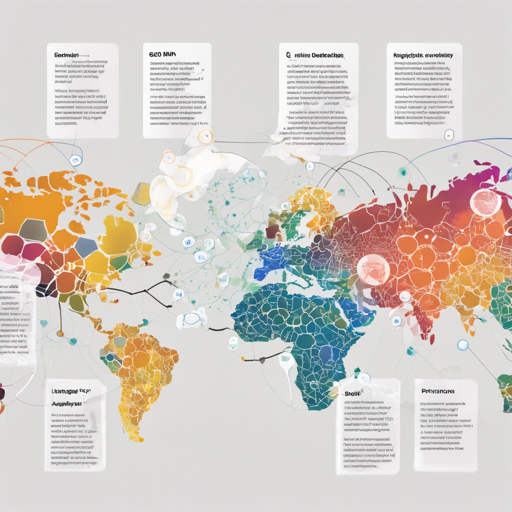In the ever-evolving field of Natural Language Processing (NLP), the work titled MultiLegalSBD: A Multilingual Legal Sentence Boundary Detection Dataset by Brugger, Sturmer, and Niklaus has opened new avenues for research, especially in legal technology. In this blog post, we will explore how to effectively leverage this innovative dataset to improve Sentence Boundary Detection (SBD) systems.
What is Sentence Boundary Detection?
Sentence Boundary Detection plays a pivotal role in NLP as it helps in accurately identifying where one sentence ends and another begins. Incorrect sentence splitting can lead to misunderstandings in text processing tasks, particularly in the context of legal documents which often contain complex structures.
The Significance of the MultiLegalSBD Dataset
This dataset is a treasure trove for researchers and developers, comprising over 130,000 annotated sentences in six languages. With its multilingual nature, it significantly enhances the capabilities of SBD algorithms, especially for legal texts, which have various linguistic idiosyncrasies.
Getting Started with MultiLegalSBD
- Press Release and Licensing: Make sure to review the licensing provided with the dataset to understand compliance.
- Download the Dataset: Access the dataset and models publicly available from the proceedings of the Nineteenth International Conference on Artificial Intelligence and Law. The DOI for the work is 10.1145/3594536.3595132.
- Model Training: Utilize the provided CRF, BiLSTM-CRF, and transformers models that have shown state-of-the-art performance on this dataset.
Analogy: Think of the Dataset as a Multilingual Legal Dictionary
Imagine trying to navigate through a plethora of legal documents from different countries, each written in a unique style and language. The MultiLegalSBD dataset serves as a multilingual legal dictionary that helps you understand where one thought concludes and another begins, just as a dictionary helps you understand the meanings of words across languages. Without this crucial tool, misinterpretation can lead to serious consequences, much like how a misjudged sentence boundary can distort the conclusion of legal arguments.
Troubleshooting Common Issues
While leveraging the MultiLegalSBD dataset, you might encounter some challenges. Here are troubleshooting ideas to consider:
- Model Performance Issues: If the models do not perform as expected, ensure that you have the right version of dependenciesInstalled and are using the correct pre-trained models.
- Language Coverage: If you encounter difficulties with less-supported languages, consider fine-tuning the models with additional dataset segments transferred from the provided legal sentences.
- Environment Setup: Ensure your environment meets the necessary requirements. Problems often arise from mismatches between Python versions or package installations.
For more insights, updates, or to collaborate on AI development projects, stay connected with fxis.ai.
Conclusion
The MultiLegalSBD dataset is a groundbreaking resource that has the potential to significantly enhance the performance of NLP systems in the legal domain. By understanding and utilizing this dataset effectively, you can contribute to the advancement of legal technology and ensure high-quality outcomes in text processing tasks.
At fxis.ai, we believe that such advancements are crucial for the future of AI, as they enable more comprehensive and effective solutions. Our team is continually exploring new methodologies to push the envelope in artificial intelligence, ensuring that our clients benefit from the latest technological innovations.

